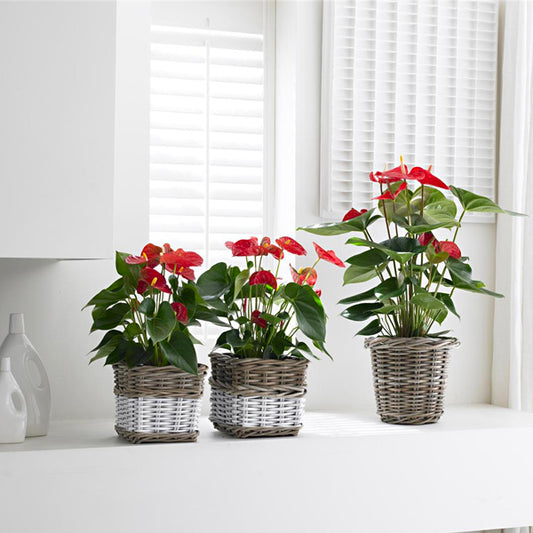Thrips are one of most difficult pest to control of the orchids pests. They are very tiny to be noticed until they make their damage to the orchid flowers or buds or leaves. They also causes bud blast or premature bud drops as they thrive on feeding orchid buds and flowers.
SIGNS OF INFESTATION

Thrips commonly feed in large groups. They suck moisture out of the most tender parts of your orchids like flowers, buds, new leaves, or even root tips. Blooms may shrivel and buds may drop prematurely.
PREVENTION
Sanitation of the growing area is the most important factor to control most pests. Remove weeds, old plant debris and growing medium from the ground or under the benches. Sprinkling lime under the growing benches or growing area floor and removing old flowers, leaves also makes the inhospitable environment for the thrips that are pupating in the ground or floor
METHODS OF CONTROL
Treatment of all pest attack starts with the following:
- Isolate the plant from other plants in your collection.
- If you find a new pest, be sure to identify it correctly. Different pests require different control methods.
- Chemical treatment with the following on all plants in your collection.
Thrips are the most difficult to eliminate of the most pests on orchids. Both adults and larvae are active and will feed on flowers, buds and leaves. The mature larvae drops under or on bench or ground or growing medium to pupate. When symptoms are detected, spraying with a pesticide such as the following are effective :
- Chemical name: Acephate (Brand name: Tata Asataf) or
- Chemical name: Spinosad (Brand: Bayor Spintor) or
- Chemical name: Abamectin (Brand: Abacin)
- Dosage: 1ml per litre of water
Spray on flowers and buds every three days. The above chemical are safe to spray on the flowers or buds. It is advised to spray 3 rounds of the above insecticide and one round of the following for more residual action.
- Chemical name: Imidacloprid (Brand name: Bayer Confidor)
Keep the plants drier and isolate the plants to keep the infestation from spreading or appearing again. Isolate the plants and observe the plants for 1-2 weeks. And apply another round of control spray with any of the above chemicals. Spray the plants early morning and keep the plants dry after the spraying. Don't water the plants same day spray treatment is done.


